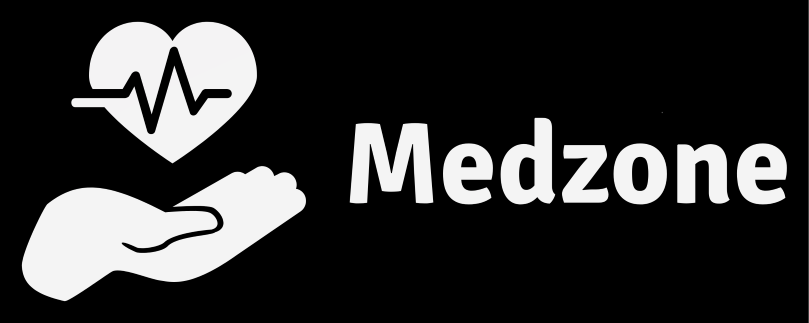Dengue Fever overview
Introduction
Dengue fever is a viral infection as a result of the dengue virus, that's in most cases transmitted to people via way of the Aedes mosquito. Dengue fever is generic in tropical and subtropical areas of the world, with about 390 million instances going on annually. The virus has 4 distinct serotypes, and contamination with one serotype affords lifelong immunity to that serotype however only temporary immunity to the alternative 3 serotypes. The disorder is characterized via way of means of an unexpected onset of fever, headache, muscle and joint ache, and a rash. In extreme instances, dengue fever can development to dengue hemorrhagic fever (DHF) and dengue shock syndrome (DSS), that are probably deadly.
Life cycle of the dengue mosquito
The Aedes mosquito, that's the number one vector for the dengue virus, has wonderful lifestyle cycle inclusive of 4 stages: egg, larva, pupa, and grownup. The lifestyles cycle of the mosquito from egg to adult takes about 8-10 days, relying at the temperature and humidity of the surroundings.
The mosquito lays its eggs in stagnant water, together with in flower vases, discarded tires, and different bins that acquire water. The eggs hatch into larvae, that are usually stated as "wrigglers" because of their wriggling motion. The larvae feed on small organisms withinside the water and develop rapidly, moulting numerous instances earlier than getting into the pupal stage. The pupae are non-feeding and are tremendously inactive, however they may be fantastically proof against unfavorable environmental conditions.
After some days, the pupae grow to be adult mosquitoes, which emerge from the water and fly away searching for a blood meal. Only woman mosquitoes chew people and animals, as they require blood to supply eggs. Once the mosquito has taken a blood meal, it lays its eggs in an appropriate breeding site, and the lifestyles cycle starts anew.
Signs and signs and symptoms
The signs and symptoms of dengue fever commonly seem 4-7 days after contamination and might remaining for up to ten days. The preliminary signs and symptoms are just like the ones of the flu and consist of fever, headache, muscle and joint ache, and a rash. Other signs and symptoms can also additionally consist of nausea, vomiting, and a lack of appetite.
In a few instances, the signs and symptoms can be moderate and self-limiting, however in others, the disorder can development to DHF or DSS. DHF is characterized via way of means of bleeding and a decrease in the number of platelets, that may result in hemorrhage and shock. DSS is a extreme shape of DHF this is characterized via way of means of rapidly onset of shock and circulatory collapse, which may be deadly if now no longer dealt with promptly.
Treatment
There isn't no specific remedy for dengue fever, and supportive care is the mainstay of remedy. This consists of rest, fluids, and ache remedy medicine together with acetaminophen (paracetamol). Aspirin and nonsteroidal anti-inflammatory drugs (NSAIDs) have to be avoided, as they could increase the chance of bleeding.
In instances of DHF or DSS, hospitalization is typically required. Treatment can also additionally consist of intravenous fluids and electrolytes, blood transfusions, and oxygen therapy. In extreme instances, corticosteroids can be used to lessen inflammation.
Prevention
Preventing dengue fever includes controlling the mosquito populace and keeping off mosquito bites. Measures to manipulate the mosquito populace consist of doing away with stagnant water from the surroundings and making use of pesticides to breeding sites. Personal defensive measures consist of the usage of insect repellents, wearing long-sleeved clothing, and the usage of mosquito nets.



Post a Comment